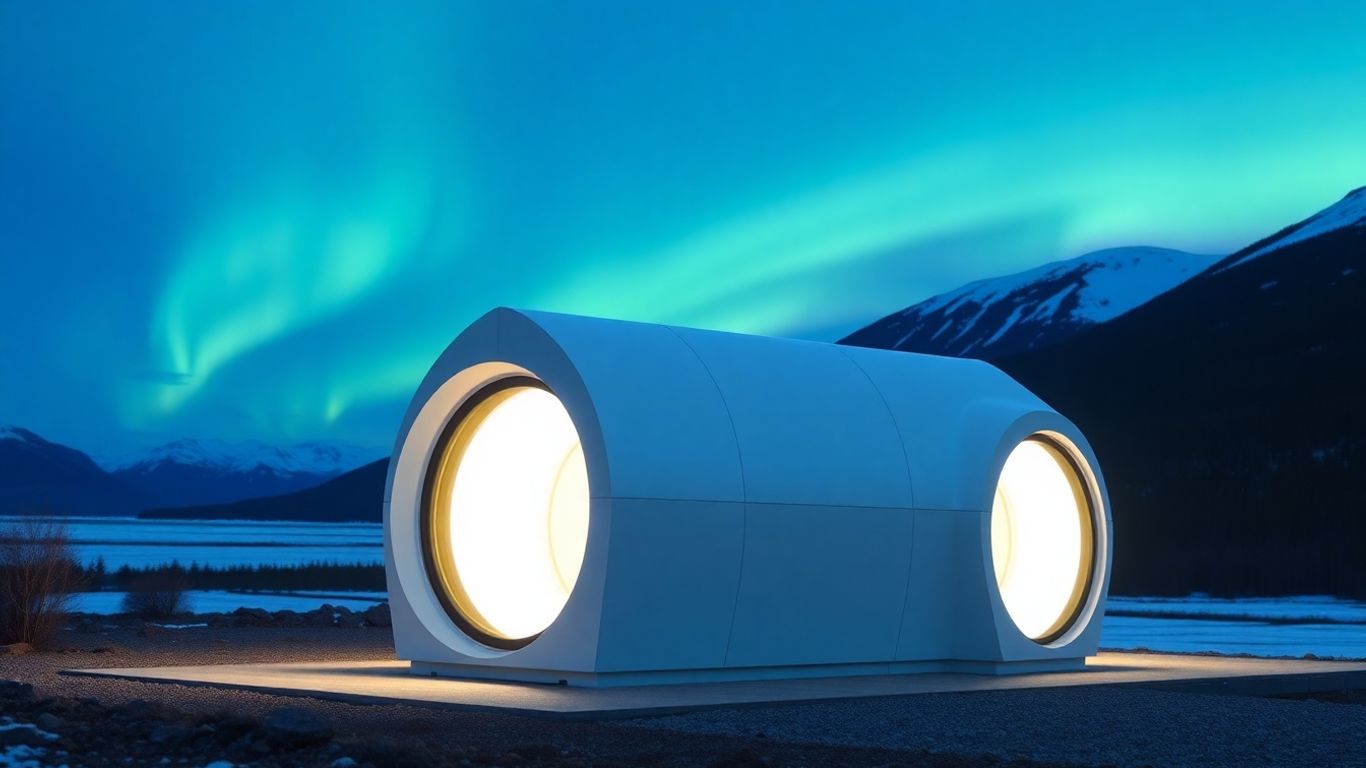Canada is making significant strides in its clean energy transition with the advancement of Small Modular Reactors (SMRs). The Darlington New Nuclear Project in Ontario is leading the charge, aiming to be the first operational commercial SMR in North America. This initiative is supported by government funding and streamlined approval processes, positioning Canada as a global leader in SMR technology.
Key Takeaways
- Canada is actively developing and deploying SMR technology to meet growing electricity demands and achieve low-carbon goals.
- The Darlington SMR project in Ontario is a flagship initiative, with the first unit expected online before 2030.
- SMRs offer a reliable, dispatchable, and low-emission energy source, complementing renewable energy sources.
- The Canadian government and provincial bodies are providing policy, regulatory, and financial support for SMR development.
- SMRs are seen as a crucial component for Canada’s energy future, with potential for job creation and economic growth.
What Are Small Modular Reactors?
Small Modular Reactors (SMRs) are a new generation of nuclear technology that differ from traditional large-scale reactors in their size, construction method, and deployment. Typically producing up to 300 megawatts of electricity, SMRs are designed for factory production using standardized parts, allowing for quicker deployment. Many SMR designs incorporate passive safety systems that enable them to shut down and self-cool without human intervention or backup power.
Canada’s SMR Projects and Government Support
Canada is actively pursuing SMR development, building on its decades of nuclear energy experience. The Darlington New Nuclear Project, located adjacent to the existing Darlington Nuclear Generating Station in Ontario, is a pioneering effort. Ontario Power Generation (OPG) is leading this project, which will initially feature one 300 MW unit, with plans for three additional units. This project has received a license to construct from the Canadian Nuclear Safety Commission (CNSC).
Beyond Ontario, other provinces are also exploring SMR deployment. SaskPower in Saskatchewan has chosen the GE Hitachi BWRX-300 design for a potential plant, with a decision to build expected in 2029. New Brunswick is also advancing SMR projects, including the Moltex Stable Salt Reactor and the ARC-100 reactor, at the Point Lepreau site.
The Canadian government is providing substantial support through its SMR Action Plan, offering financial backing via grants, tax incentives, and the Canada Infrastructure Bank. Provincial governments in Ontario, New Brunswick, and Saskatchewan have also entered into strategic plans to advance SMR technology. The federal government has also identified the Darlington SMR project as a "nation-building" project, aiming for expedited approvals.
The Role of SMRs in Canada’s Energy Future
SMRs are viewed as a critical solution for meeting Canada’s growing electricity demands and achieving its low-carbon future goals. They provide a reliable, around-the-clock power source that complements intermittent renewable energy sources like wind and solar. SMRs can also be deployed in less-populated or remote regions, offering an alternative to diesel generators and supporting industrial facilities.
The development of SMRs is expected to create significant economic benefits, including job creation in skilled trades, manufacturing, and operations. Ontario Premier Doug Ford has expressed strong support for the Darlington project, highlighting its importance for the province’s energy security and economic development. The project is anticipated to create thousands of jobs during construction and operation.
While SMRs offer numerous advantages, challenges such as upfront capital costs and the need for enriched uranium fuel supply chains are being addressed. Canada’s nuclear regulator, the CNSC, is actively involved in developing the policy and regulatory framework for SMRs to ensure safety and security.
Environmental and Economic Impact
SMRs are designed to be a clean energy source, producing non-emitting electricity. Their deployment is expected to reduce reliance on fossil fuels, contributing to Canada’s climate change mitigation efforts. The Darlington project alone is projected to power approximately 300,000 homes and support hundreds of high-paying jobs. Furthermore, Canada’s expertise in nuclear technology positions it to export SMR know-how and technology globally.
However, some advocacy groups have raised concerns about the cost and timelines associated with nuclear projects, suggesting that cheaper clean energy alternatives might be available. Despite these concerns, the momentum behind SMR development in Canada, driven by government support and technological advancements, indicates a strong commitment to this low-carbon energy solution.
Sources
- What are small modular reactors, and how are they shaping Canada’s low-carbon future?, Ontario Tech University.
- Go-Ahead For Project To Build Canada’s First Small Modular Reactor, NucNet.
- First Hydrogen Applauds Canada’s Fast-Tracking of Darlington SMR, Fuel Cells Works.
- Ford glad list of ‘nation-building projects’ includes Darlington’s small nuclear reactors, CBC.
- Canada’s role in small modular reactor (SMR) technology, Régie de l’énergie du Canada.












